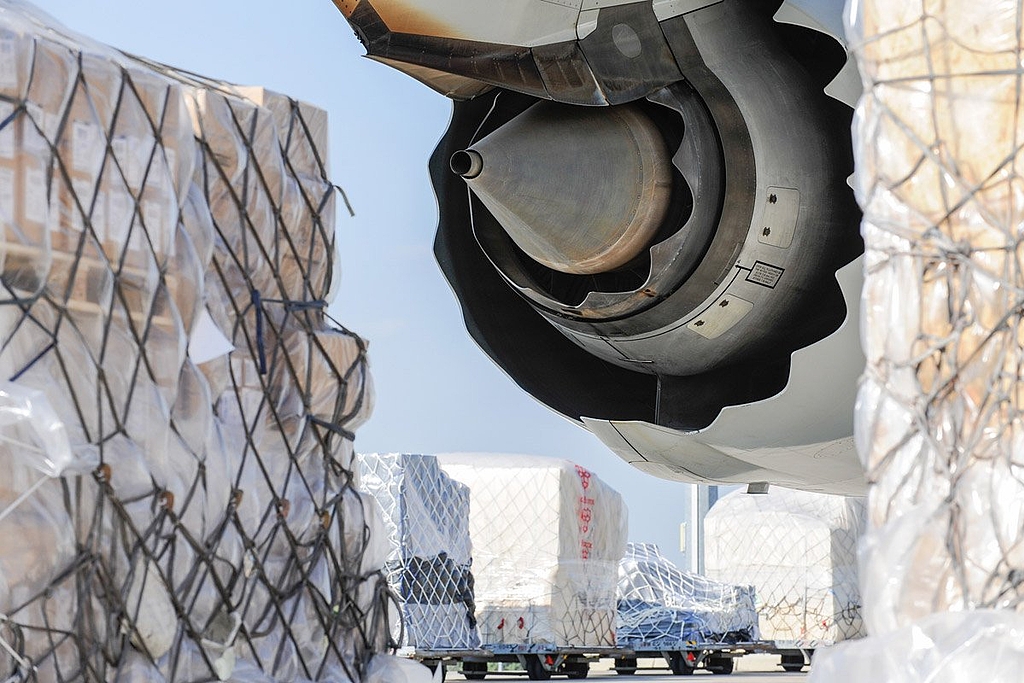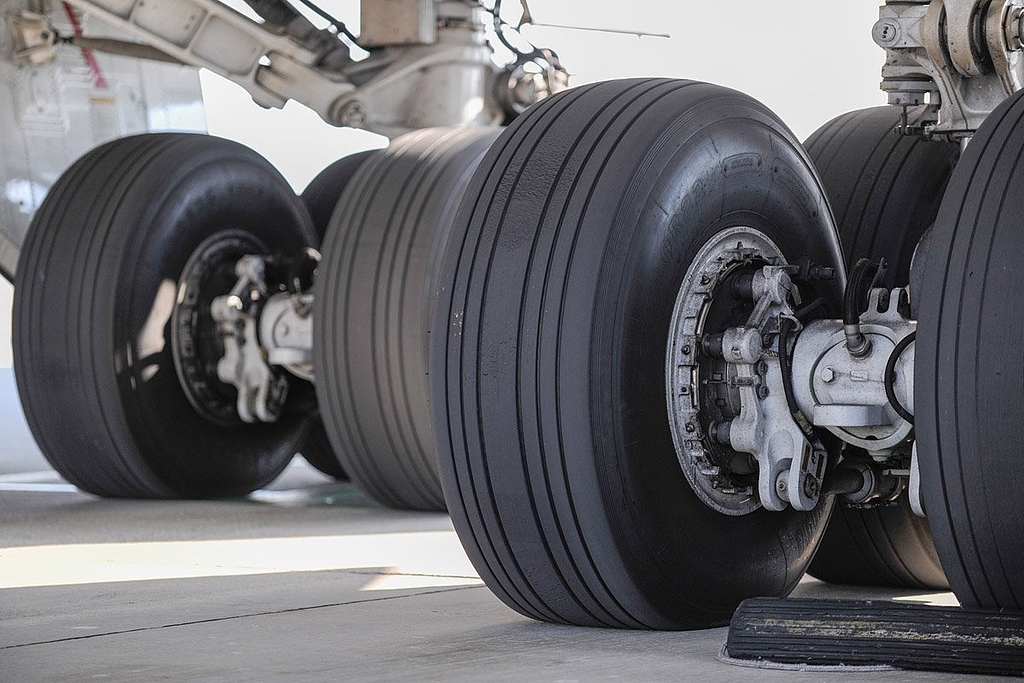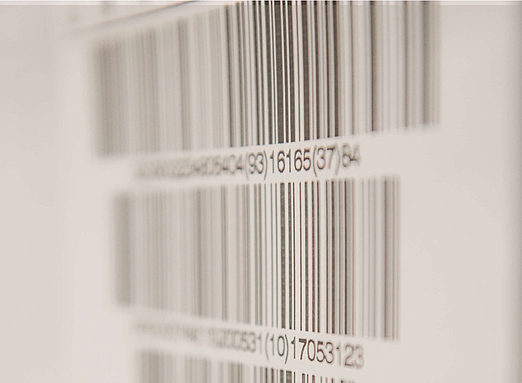Predictive Analytics & Anticipatory Logistics
Knowing even before the customer does
- Insights
Predicting which goods will be in demand in the immediate future in order to have sufficient quantities available in the right location at the right time is clearly a great idea. This becomes all the more futuristic when it happens at a stage when not even the customer knows what he will be ordering.







